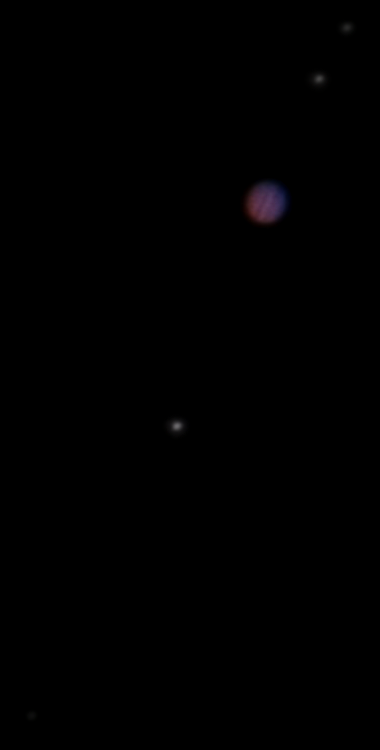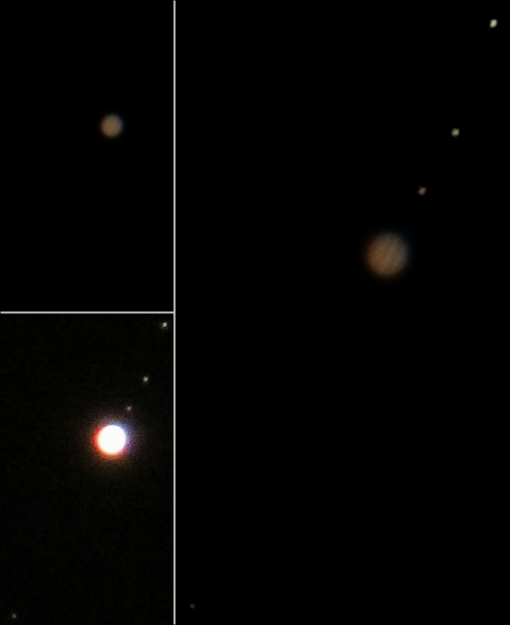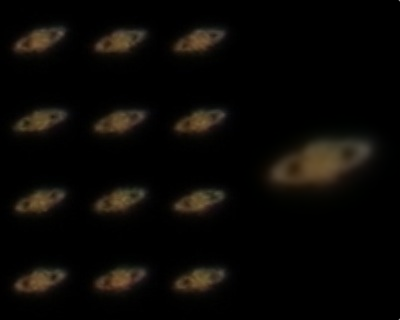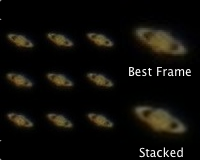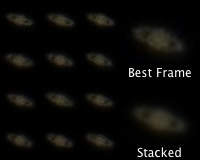Today's Jupiter photo
Posted by Wesley on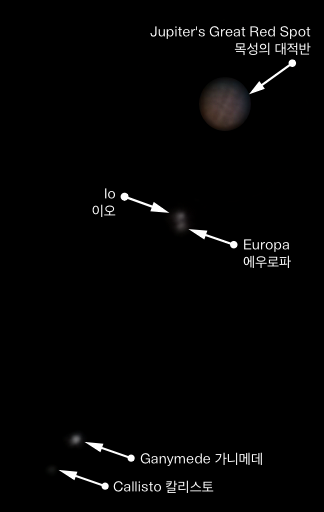
Composites of Jupiter and Galilean moons
Jupiter: 1200mm - ISO 80 - 1/60s - 39 stacked
Satellites: 1200mm - ISO 1250 - 1/10s - 34 stacked
Time/Location: 2013-10-23 00:40 KST / Suwon, Korea
Jupiter: 1200mm - ISO 80 - 1/60s - 39 stacked
Satellites: 1200mm - ISO 1250 - 1/10s - 34 stacked
Time/Location: 2013-10-23 00:40 KST / Suwon, Korea
While waiting for Apple to announce new products (the event took place on 2AM in Korea Standard Time) for 2013 holiday season, I tried another shot at taking photos of Jupiter with SX50 HS while its Great Red Spot was facing Earth. It's still not very discernible even after post-processing, but I think the wrinkle at the right-hand edge is likely to be it.
Incidentally, Io and Europa were visually close together, but the camera was able to distinguish between the two. Maybe I should try to take the photos while Jupiter is higher up in the sky - it should have less atmospheric disturbance. You can see the stacked photos of the planet and the satellites before composition if you keep reading.
